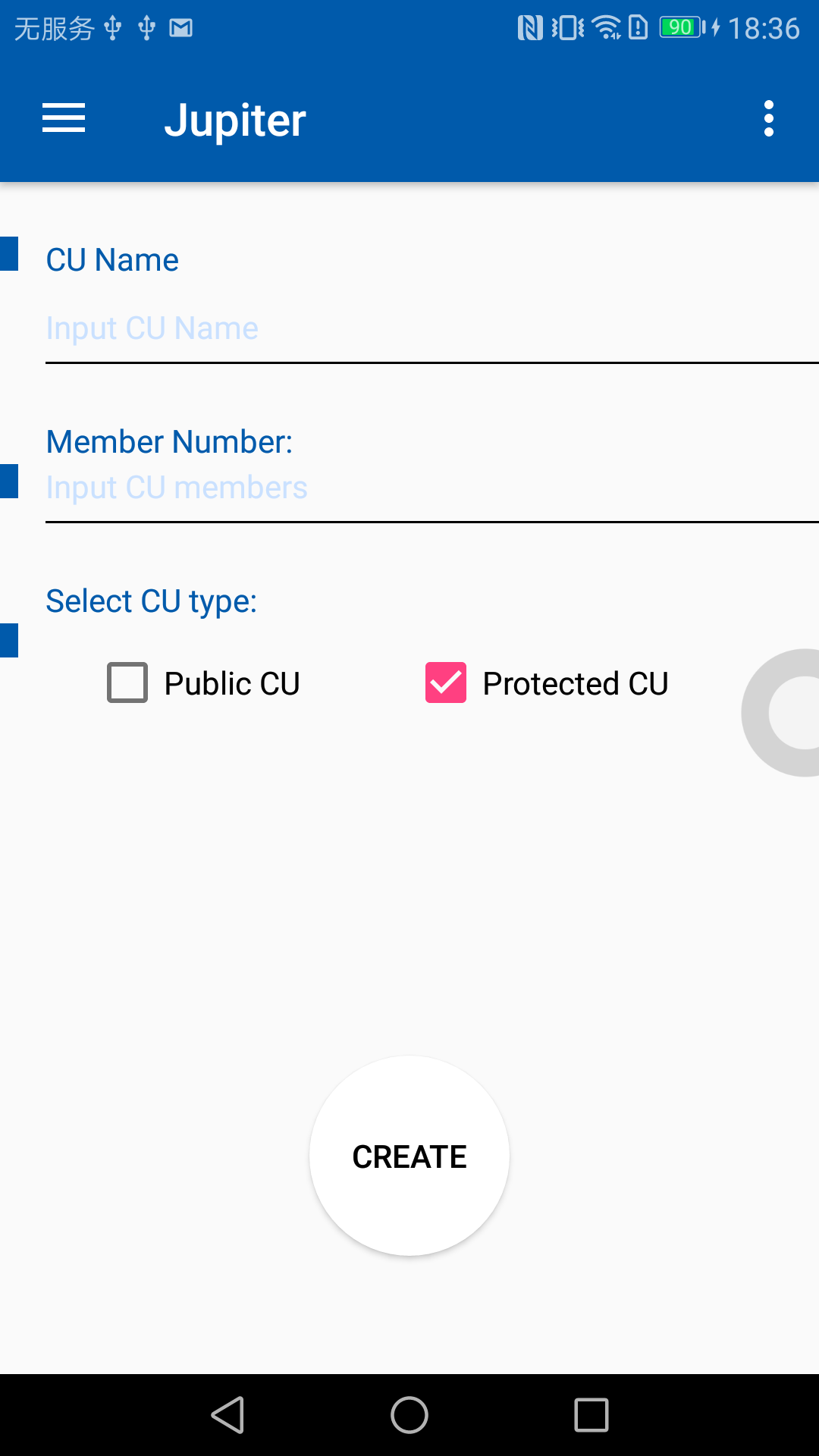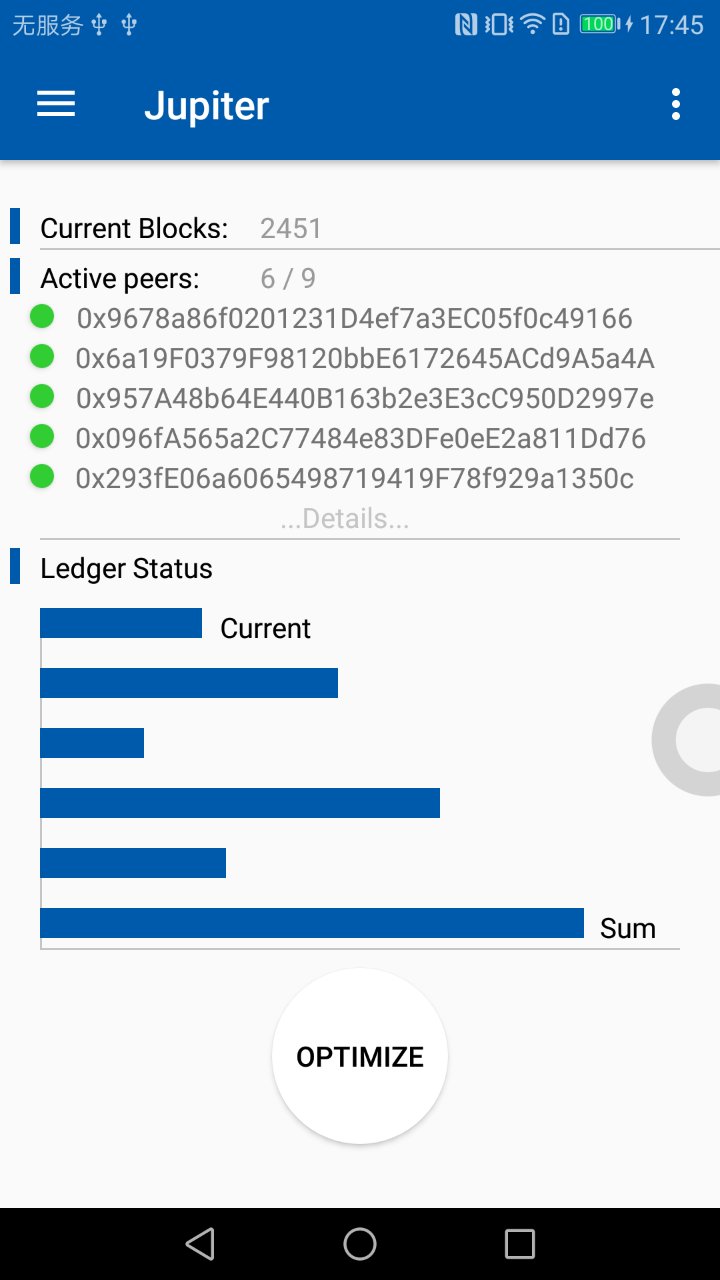Introduction of Jupiter
- Jupiter is a Blockchain platform to support mobile device nodes;
- Jupiter has introduced a novel concept called consensus unit which groups several single nodes in the network into a trusted cluster;
- Full node could be run on the Jupiter based on consensus unit;
- Jupiter has several methods to optimize the storage of the consensus unit;
- Jupiter is developed based on geth. And we are continually working on it to add more features.


